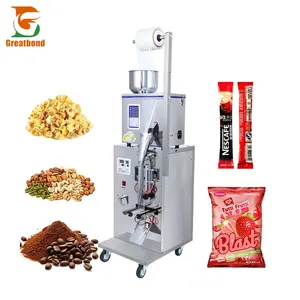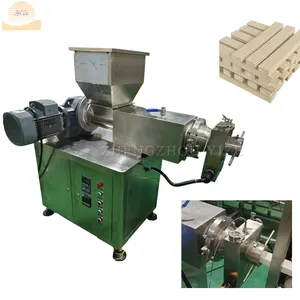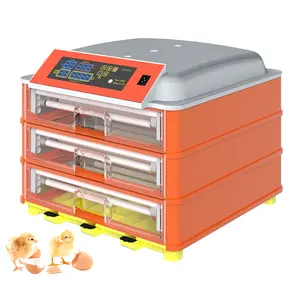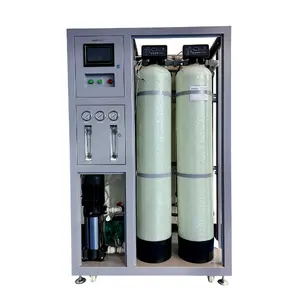Popular in your industry

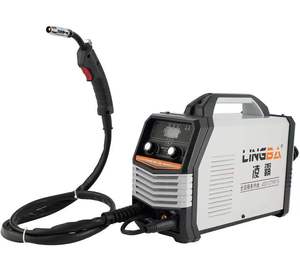



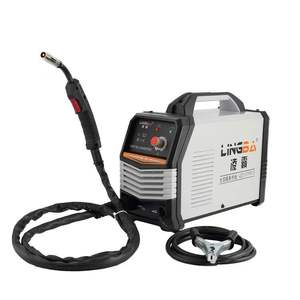

















































































































































































































Top categories
About saldatrice mig
A MIG welder is a type of welding machine that uses a wire electrode to join metals. MIG stands for Metal Inert Gas, also known as Gas Metal Arc Welding (GMAW). This type of welding is efficient, versatile, and produces high-quality welds. Saldatrice MIG uses a continuous solid wire electrode that is fed through a welding gun and into the weld pool. The welding machine also releases a shielding gas, typically a mix of argon and carbon dioxide, to protect the weld from contaminants in the air.
Features of a MIG welder
The key features of a MIG welder are its wire feeding system, power source, and shielding gas setup. The wire feeding system is responsible for continuously feeding the electrode wire into the weld pool at a controlled rate. This feature is essential for achieving a stable arc and consistent welds. The power source of a MIG welder is designed to provide the necessary electrical current for the welding process. It is important to select a MIG welder with an appropriate power source for the intended welding applications.
The shielding gas setup includes a gas cylinder, flowmeter, and gas hose. The gas cylinder contains the shielding gas, which is typically a combination of argon and carbon dioxide. The flowmeter regulates the flow of gas from the cylinder to the welding gun, where it creates a protective atmosphere around the weld pool. MIG welding machines are highly versatile and can be used to weld a wide range of metals, including steel, aluminum, and stainless steel. The ability to adjust the voltage and wire feed speed allows welders to fine-tune the welding parameters to suit different materials and thicknesses.
Pros and cons of a MIG welder
One of the Deca D Mig 230 advantages is its ease of use. MIG welding is relatively easy to learn and can be mastered with practice. The process is also known for its high welding speed, making it ideal for projects that require efficiency. MIG welders produce clean and spatter-free welds, reducing the need for post-weld cleanup. This welding method is also versatile, allowing for the welding of various metals and thicknesses. On the other hand, a drawback is that MIG welding requires a shielding gas, which adds to the overall cost of the process.
How to maintain a MIG welder
Maintaining a MIG welder is crucial to ensure its longevity and optimal performance. Regular maintenance involves inspecting and cleaning different components of the machine. Inspecting the MIG one Awelco wire feeding system for any worn or damaged parts is essential. It is also important to clean the wire feeding mechanism to prevent any debris buildup that could affect the wire feeding. The welding gun should be inspected for any signs of damage, and the nozzle and contact tip should be cleaned or replaced regularly to ensure proper gas flow and electrical contact.
Checking the gas cylinder and flowmeter for leaks and ensuring that the shielding gas is at the correct pressure is also part of the maintenance routine. Additionally, the power source should be inspected for any loose connections or signs of wear. Lastly, following the manufacturer's guidelines for routine maintenance, such as changing the Deca D Mig 230AC welding wire and conducting any necessary calibrations, is essential to keep the MIG welder in optimal condition.
